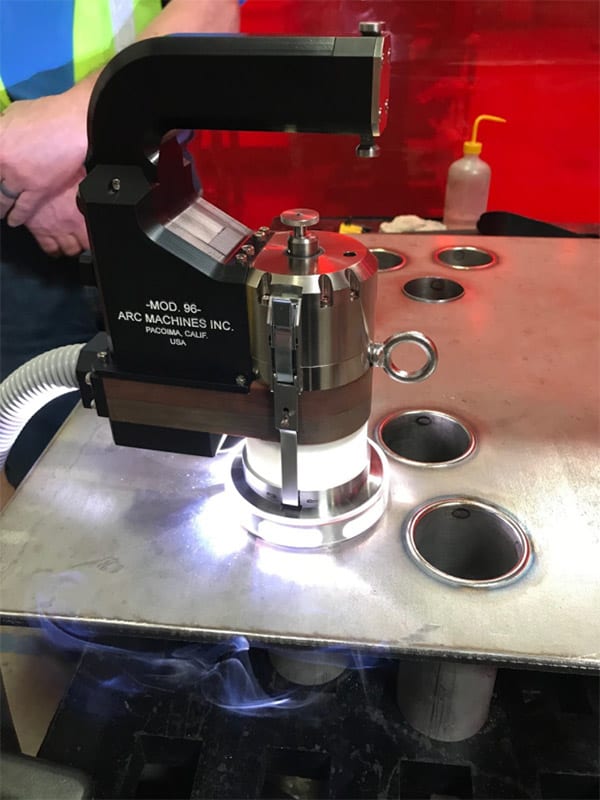Of the five basic weld joint types that include corner, edge, lap, and tee joints, the butt joint may be the most commonly implemented across industries. This is especially true for pipeline applications and tubing systems used in process operations. And while both pipes and tubes can be used in aerospace, power generation, semiconductor, biopharmaceutical, and food processing industries, pipes are utilized to transfer contents under pressure due to their thicker walls. However, when pressure vessels incorporate a tubesheet—or if bending is required—tubes are preferred.
When welding pressure vessels such as heat exchangers and boilers, large numbers of thin-walled tubes are common. Since tube-to-tubesheet joints are required, welders can use the autogenous TIG welding process to create high-quality butt joints. Arc Machines (AMI) equipment and services enable welders to meet the challenges of tube and tubesheet welding.


